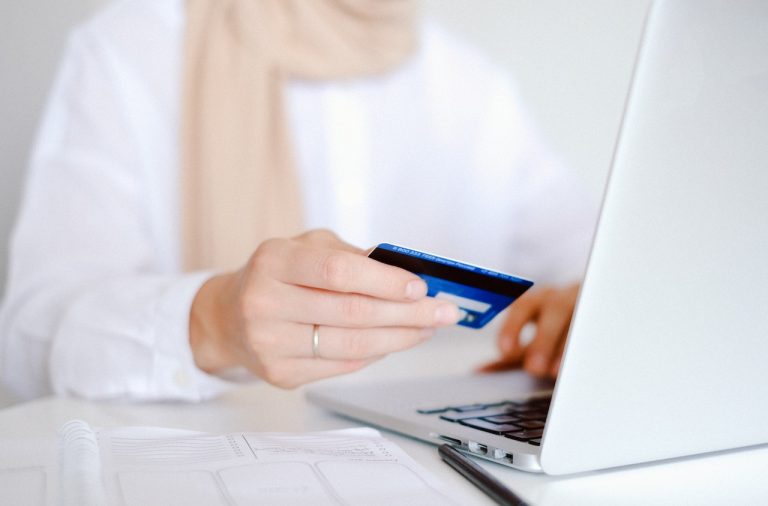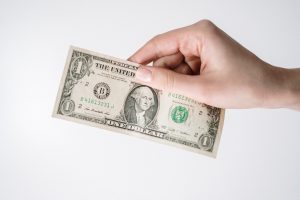The holidays are upon us and despite inflation American consumers aren’t holding back on their spending. A poll showed that the majority of Americans plan to spend the same or more than they did last holiday season. The most common method of payment is by credit card. But this year, business journalists should keep an eye on ‘buy now, pay later’ – or BNPL – services that are increasingly popular with online shoppers.
With so much to discuss, this tip will be broken up into two parts. This week we’ll talk about what BNPL is and why it is gaining market space. Next week we’ll discuss the ways BNPL may be harming consumers.
What is BNPL?
The concept of buying something now and paying for it later isn’t new – after all credit cards and loans have existed for a long time. However, BNPL services like Zip (formally QuadPay) are bringing a new twist to the short-term lending game. With this service, a consumer can make a purchase now and split the payment into a few installments over a short period of time. For example, Zip requires four payments over six weeks – hence why it was initially called QuadPay before it was acquired by the Australian company Zip – and many companies use this same model.
This strategy of ‘four easy payments’ has worked for infomercials and home shopping networks for many years. It is also a slightly different version of layaway, that allows you to take the goods home with you while you make payments.
What’s new is the sheer number of retailers offering this service. Even Amazon and Apple have their own BNPL options available for their online stores.
Other major BNPL companies include Affirm, Afterpay, Klarna, Paypal and Sezzle, many of whom partner with specific large retailers, such as Target, Gap, and Macy’s. If you’ve done any online shopping recently you most likely have seen the option to split your payments up at checkout.
Who is using BNPL?
The Wall Street Journal reported that BNPL options are expected to grow from 1.6% of the market in 2020 to 4.5% by 2024. All types of consumers appear to be using BNPL, but some surveys have shown that they are more likely to be used by minorities and those with lower incomes.
The rapid growth of BNPL may also be in large part to younger consumers. According to a financial consulting firm, use among baby boomers in 2020 was ‘almost nonexistent,’ while one in five millennials had used a BNPL service.
Meanwhile, only about half of Gen-Z Americans, ages 18 to 24, have at least one credit card in their name, compared to more than 80% of baby boomers. And not having a credit card can make BNPL services look like an attractive financing option.
Why is it an attractive option?
Compared with credit cards, getting approved for a BNPL plan is easier and available to pretty much anyone. Many companies don’t run credit checks or report on your credit, meaning individuals with bad credit scores can take advantage of BNPL if they can’t get a credit card.
Many of these BNPL plans are interest-free and do not come with any other use charge or convenience fee, making this option of financing extra appealing to the average consumer. As long as you are able to pay off the amount in the allotted time without missing a payment, there is minimal risk.
However, that doesn’t mean there aren’t real risks for consumers. Financing always has fine print that consumers need to be aware of.
More on that next week.







